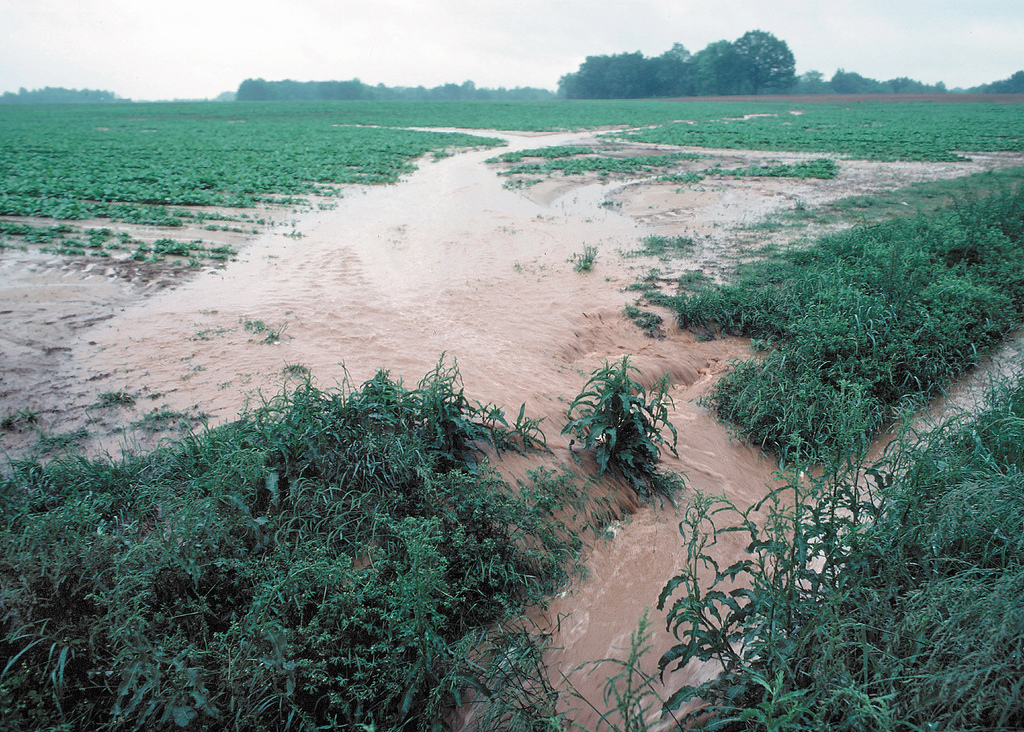Decision-Making Tool Designed to Aid Phosphorus Reduction Measures
Jan. 8th 2016
Phosphorus loading into Lake Champlain is a topic of much discussion and action in Vermont, especially with the recent TMDL requirements. Communities and individuals will be responsible for reducing phosphorus runoff from urban and agricultural lands. However, choosing the best way to make those reductions isn’t an easy task. Many management options are available for each land use type, each with unique costs and benefits – and in many cases, the benefits change from place to place and year to year. Additionally, choosing a management approach requires striking a balance between effectiveness and cost. Often, the most effective option is cost prohibitive, but other alternatives may not do enough. Decision-makers need to be able to take these factors into account when planning for implementation of phosphorus reduction measures in a community or watershed.
Recent doctoral graduate in the Rubenstein School of Environment and Natural Resources at UVM, Philip Halteman, under the advisement of Dr. Mary Watzin developed a model to predict phosphorus loads under different phosphorus management scenarios. The objective was to provide decision makers at VT DEC with a tool that helps them to identify the likely outcome of any management solution for four major watersheds in Vermont.
Taking into account land use types in the watershed and the range of possible costs and benefits for each individual management action, the model provides a range of possible phosphorus load reductions and costs for any given management scenario. The analysis of the management scenario provides a probability that the strategy will reduce phosphorus loading to a level at or below target levels for the TMDL.
While most phosphorus loading from agricultural and urban lands is discussed most often, forests and wetlands also contribute phosphorus. However, strategies to reduce phosphorus loading from forested lands are few, placing even greater burden on reducing phosphorus from agricultural and developed land uses.
Additionally, different regions of the lake have different capacities for loading and different TMDL targets. For example, Missisquoi Bay, with its shallow, restricted area has a low loading capacity relative to other areas of the lake. The low loading capacity will make it very difficult to reach the loading targets established in the TMDL, even at prohibitively high costs.
The researchers concluded that given the practices available for reducing phosphorus loading on different land uses in the Lake Champlain Basin, the likelihood of success in meeting the TMDL targets is limited. Meeting targets in the Missisquoi and Winooski watersheds will be especially difficult given the scale of reduction required relative to the loading capacity of these regions of the lake – and trying to achieve these targets will come at high costs. The Lamoille and Otter Creek watersheds may have more success, with higher loading capacities and higher targets.
Choosing the best approaches to restore water quality in Lake Champlain is not simply about implementing the most effective actions. It requires a carefully balancing effectiveness and cost, and honest acknowledgement of the limits of our understanding. The model provides decision-makers with the ability to clearly articulate that balance and to communicate honestly with the public about the range of possible outcomes when considering management scenarios.
 ecoNEWS VT
ecoNEWS VT